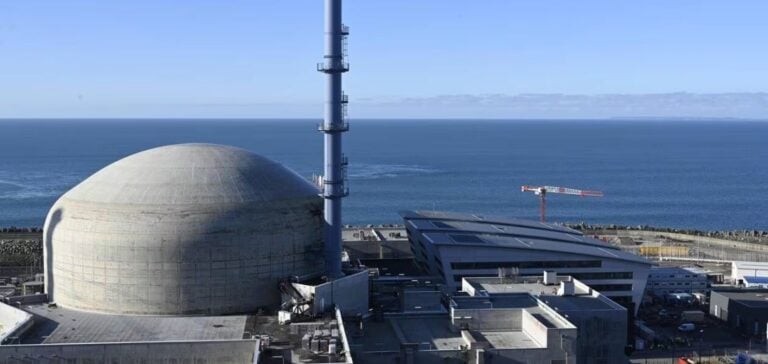Finland is set to revolutionize its energy sector with the installation of its first small modular reactor (SMR) dedicated to district heating. Steady Energy, an innovative spin-off from VTT Technical Research Centre of Finland, has announced that construction will start in 2025. The project, estimated at between 15 and 20 million euros, could see the light of day in Helsinki or in other cities such as Kuopio and Lahti.
A Crucial Innovation for District Heating
Steady Energy’s LDR-50 reactor will not use nuclear fuel, but an electrical element to generate heat. This prototype will be used to test operational features and establish supply chains with various manufacturers. Once testing is complete, the facility will also be used for training and research. Sites under consideration for this project include the Salmisaari caves in Helsinki, the Huuhanmäki caves in Kuopio and the Kymijärvi and Teivaanmäki sites in Lahti. The final decision on the building site will be made by the end of summer 2024, followed by detailed planning and the construction tender.
Energy Transition and Emissions Reduction
In Finland, more than half the energy used for heating comes from district heating, mainly fuelled by fossil fuels, peat and biomass. SMRs represent a promising solution for reducing CO2 emissions and dependence on fossil fuels. Steady Energy has already signed letters of intent with Kuopion Energia and Helen to build several district heating reactors from 2030. The abolition of distance-based safety zones by the Finnish Radiation Protection and Nuclear Safety Authority means that these reactors can now be installed close to residential areas, facilitating their integration into urban centers.
Economic and Environmental Perspectives
Steady Energy’s SMRs offer significant economic and environmental benefits. Their compactness frees up valuable land in urban areas and reduces the cost of importing fossil fuels. Tommi Nyman, CEO of Steady Energy, points out that these reactors will reduce local pollution and traffic jams caused by fuel delivery trucks. The LDR-50 reactor, designed to operate at around 150°C and a pressure of less than 10 bar, is less technically demanding than conventional reactors. This simplifies the technical solutions needed to meet high safety standards, while being economically viable for municipal services. The reactor module, with its passive heat transfer capability, ensures enhanced safety without relying on electricity or mechanical parts. This project represents a major step forward in Finland’s energy transition, offering an innovative and sustainable solution for district heating. The potential impact of this technology could transform the urban energy landscape, offering a viable, environmentally-friendly alternative to traditional heating systems.






















